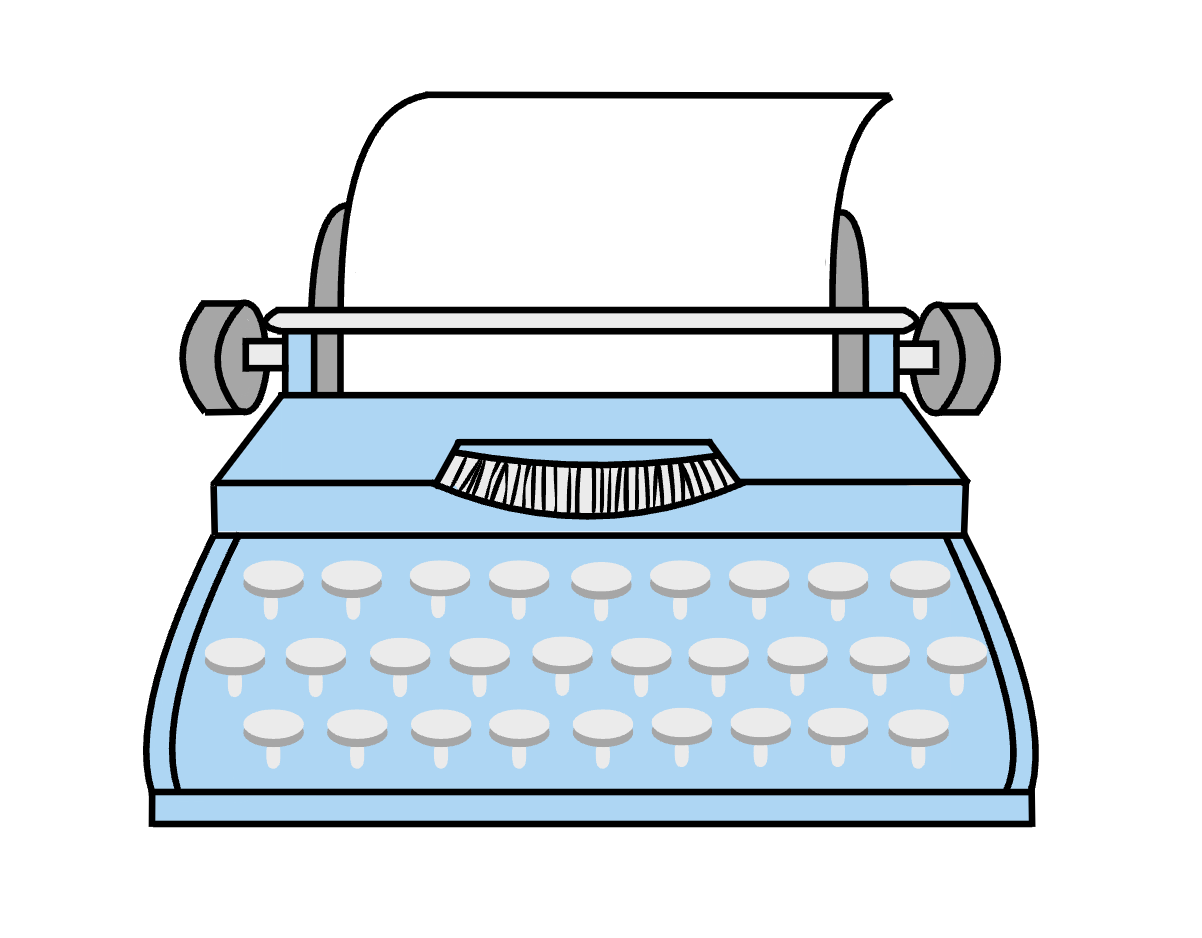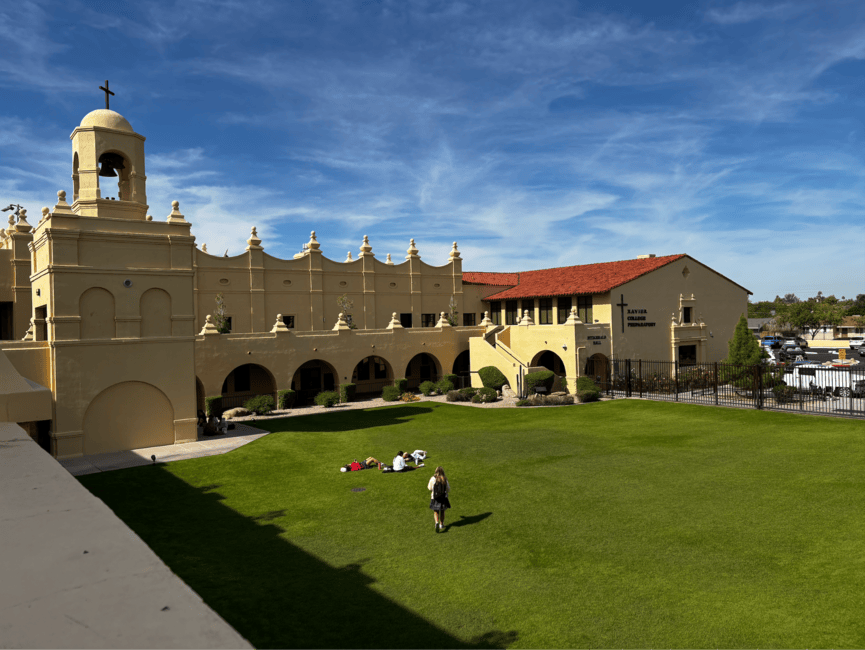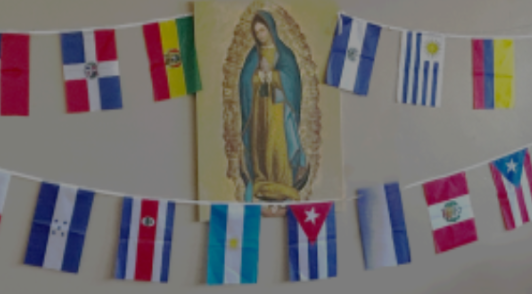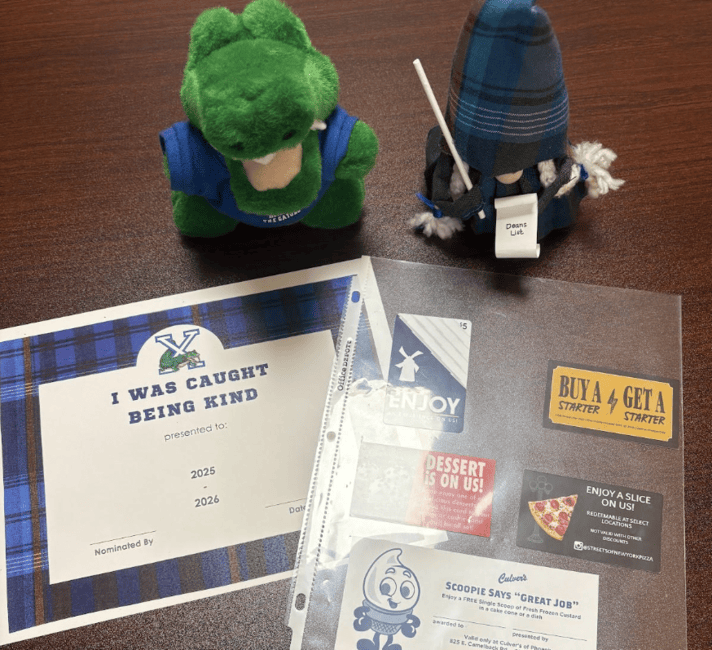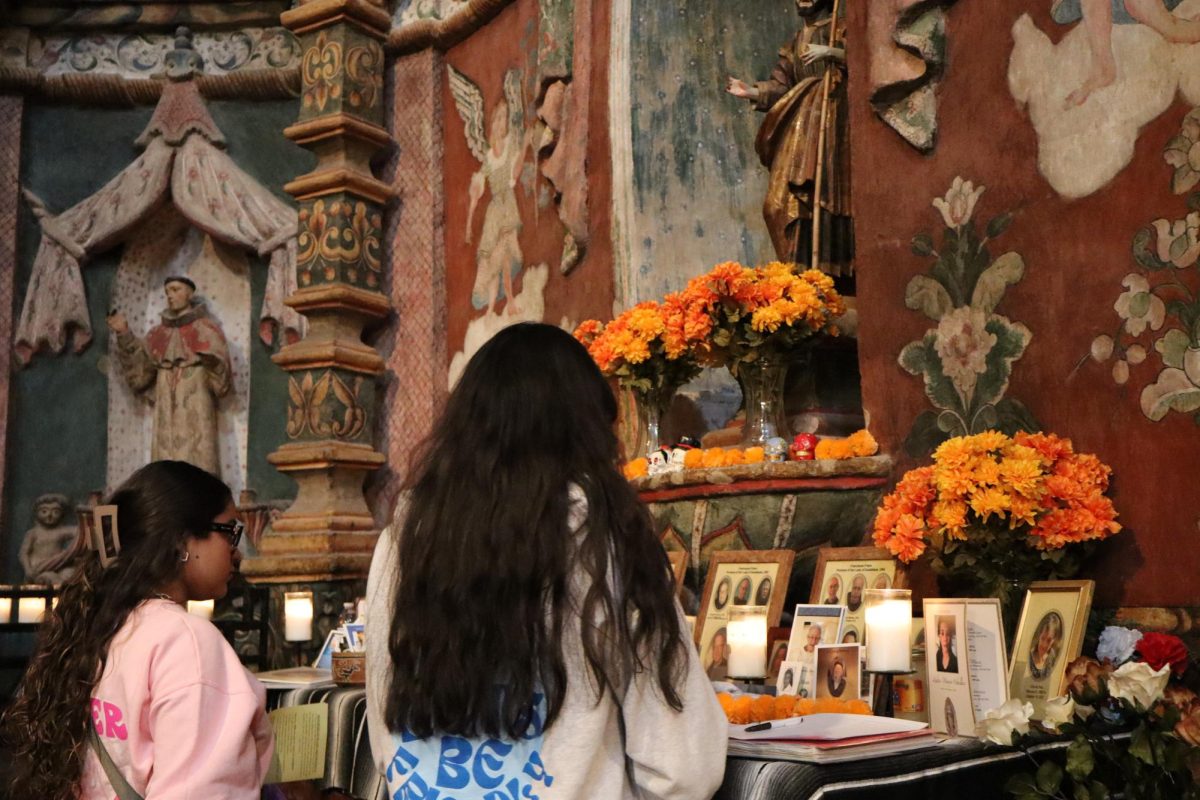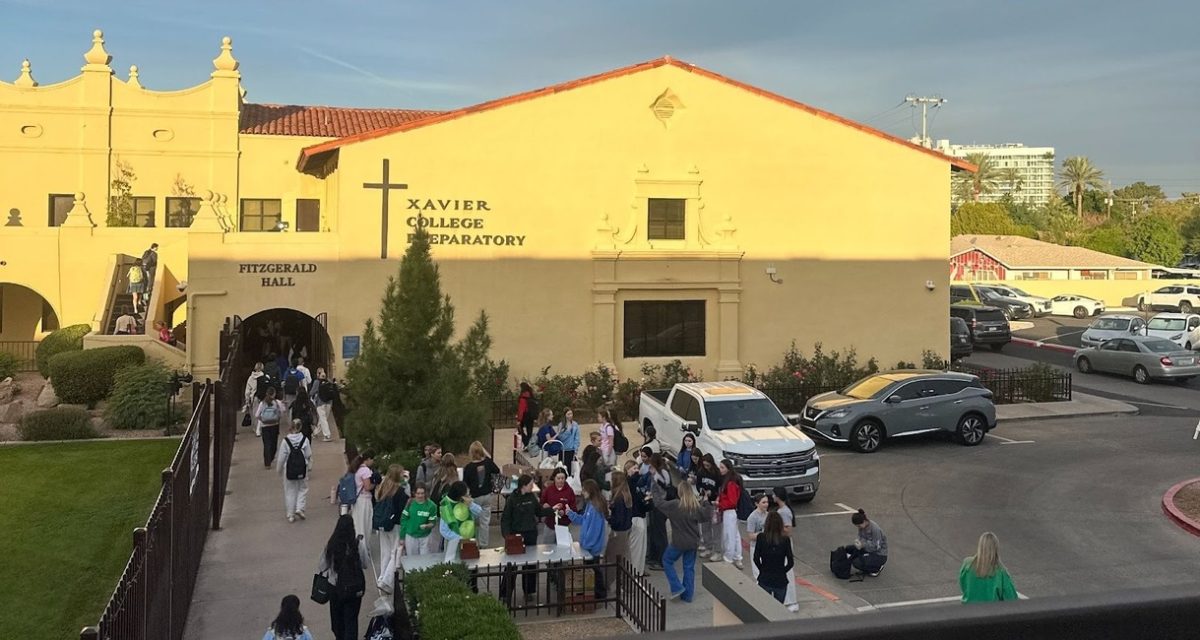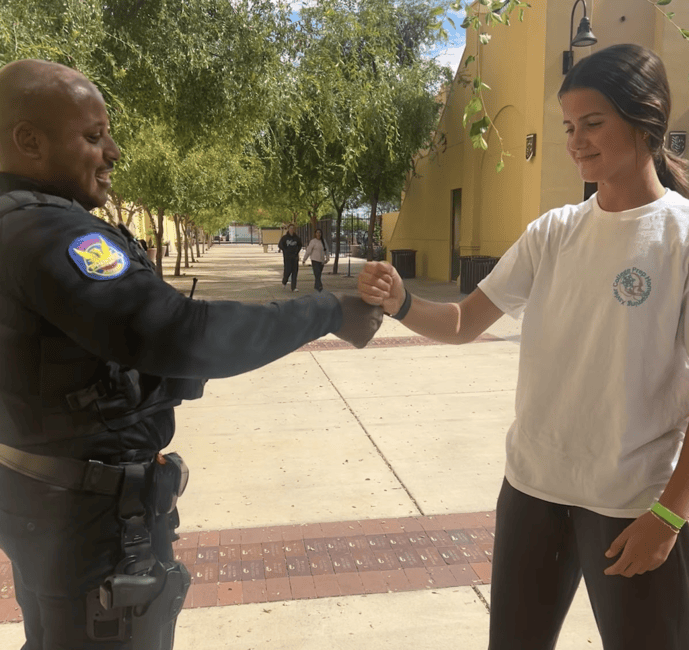Technology is advancing at an exponential rate and Xavier’s enrollment is increasing, and as these change, who’s to say what the future of education will be. Artificial intelligence has made its way into educational spaces and AI detectors are unreliable. So it begs the question, can technology and AI be removed from educational spaces?
Many teachers believe that AI will only produce something referred to as “slop,” but with the proper prompting, services like ChatGPT or Gemini can create high quality work that slips by the noses of educators and students alike.
It has become harder and harder to remove technology from academic spaces since education is adjusting its curriculum to fit an online environment. CollegeBoard is currently in the process of converting all of its Advanced Placement (AP) tests from paper to digital format.
In the case of Xavier’s AP U.S. History (APUSH) , the test has been completely moved to online within the past two years. According to APUSH teacher Dan Long, “I don’t think that any modifications are necessary, because anything you can do on paper, you can do online.”
In some cases, this approach is easy to manage. Many classes can remain in a paper format according to a certain teacher’s perspective, but as technology adapts so do we. So is it better to keep things on paper, like they have always been, or to keep adapting and adjusting to the current world?
The AP English Language and Composition test was also recently converted to an online space. Instructor Dr. Clay Zuba, in previous years, has adjusted his curriculum to fit an online test, integrating more online work and writing, so that practice would mimic the real thing. The use of ChatGPT and other generative AI, however, has forced Zuba and many teachers to utilize a non-digital format to preserve the sanctity of education and prevent cheating with the use of AI.
“It’s very important that people learn to develop these skills. If you have machines do it for you now, you won’t be able to do it later,” Zuba added.
The use of generative AI can be detrimental to a student’s growth and ability to process information. AI, however, seems to be the beginning of a new technological era, and according to computer programming teacher Leon Tynes, “It’s not going away anytime soon.”
AI is very likely what society can expect for the future. It has already become embedded into culture, and one can’t even make a Google search without being presented with an AI answer.
But even an AI enthusiast like Tynes agrees that the use of generative AI to complete writing is lazy and a form of cheating. Services like ChatGPT are useful when they are utilized as a tool, rather than letting it produce all the work.
New technology like AI is likely to become a necessary tool in the work force, and a student’s education should reflect what she will utilize in the real world. In a class like computer programming, AI can be a helpful tool because the class’s secondary purpose is to prepare students for being members of the workforce.
In a class like English or U.S. History, where its purpose is to educate and build necessary skills for life, generative AI might not have such an integral place. Education is multifaceted and should touch on all aspects of a young person’s skills. In Zuba’s English class, students are there to learn how to critically think through the skills of reading comprehension and writing.
In the six periods a Xavier student will see in a day, she will learn many things, some to prepare her for college, some for her career and some on how to be a functional and decent human being.
Education is a collective. Teachers agree that schools should have a comprehensive curriculum that covers all components necessary for a student’s future. AI is a tool, and like generations of previous advancements, it is here to stay; however, that does not mean it belongs everywhere.
Artificial intelligence may be the future of the world, and it will likely find its forever-home in many educational spaces too, but before intelligence is artificial, intelligence should be built up through traditional teaching methods so that future generations are set up with new tools, and the knowledge necessary to use them.
